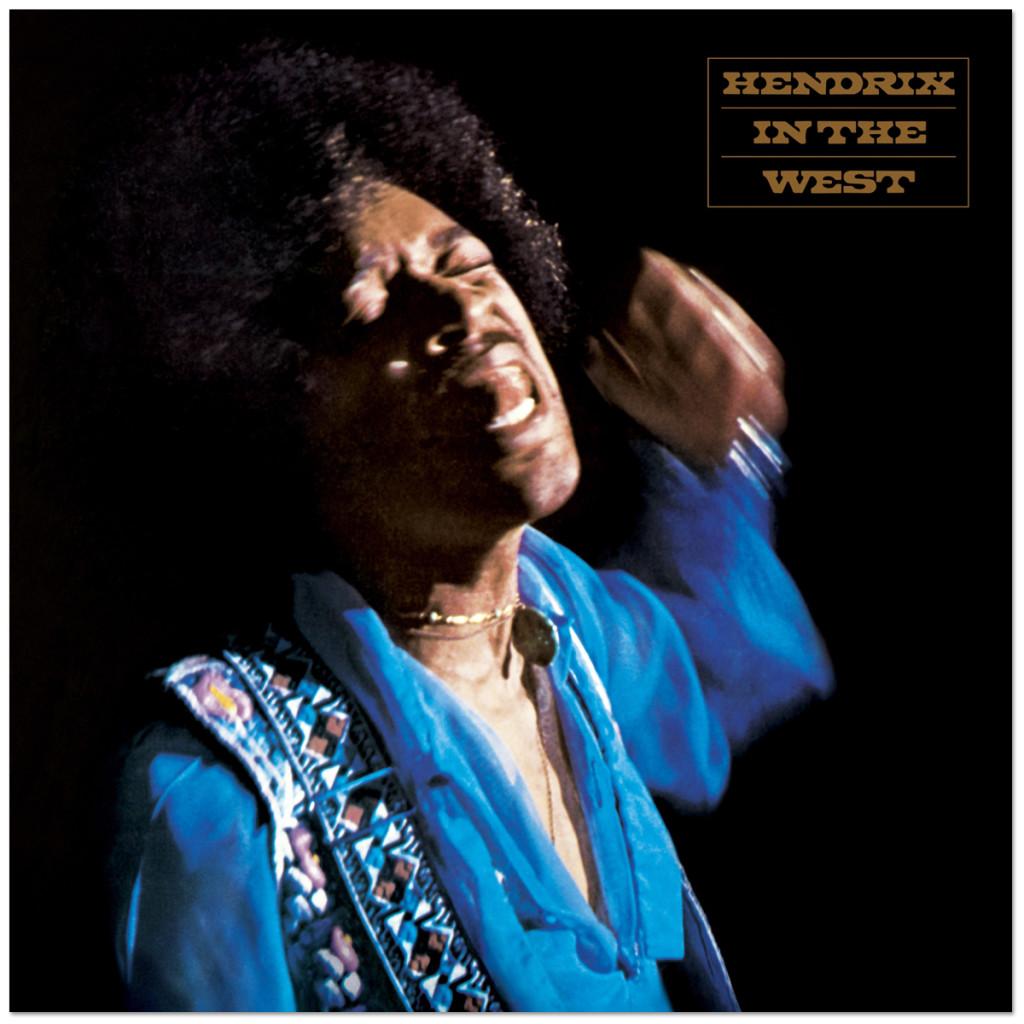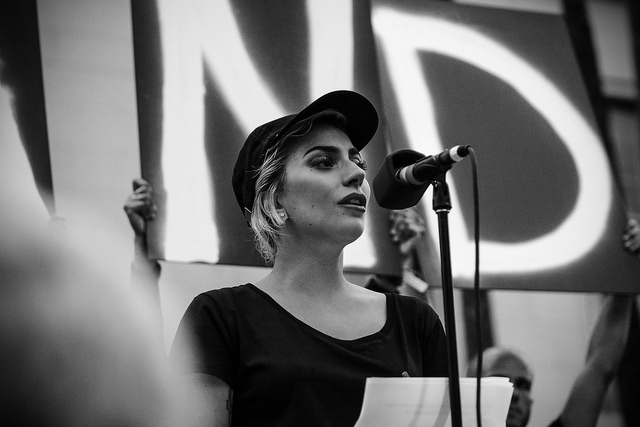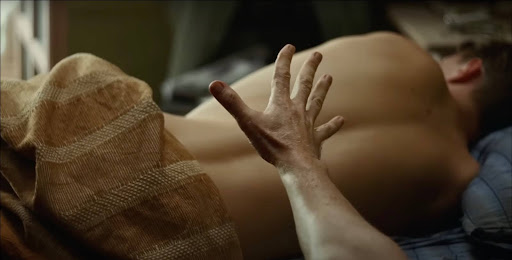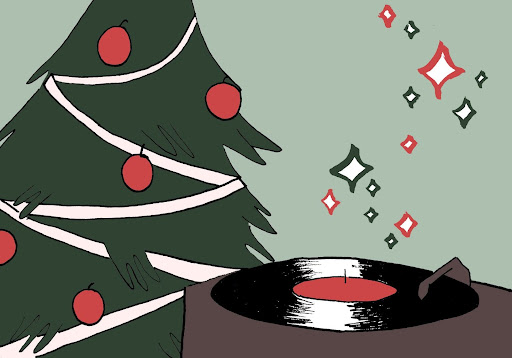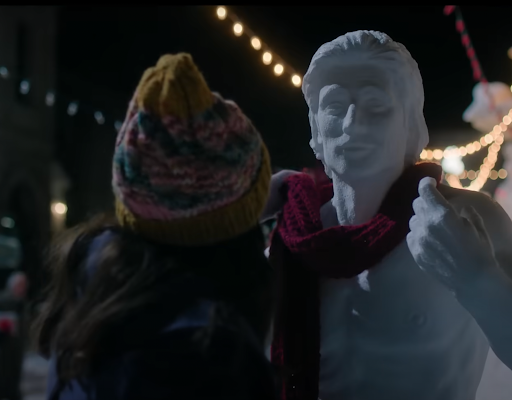Every time I think that Jimi Hendrix is overrated and gets too much credit for being the so-called “greatest guitar player that ever lived,” things like the material that appears on Hendrix In the West brings me back to earth and makes me second-guess my judgment. In fact, it only took me until the end of the Hendrix’s rendition of the Chuck Berry standard “Johnny B. Goode,” to realize that he is and always will be the greatest guitar player that ever lived.
Hendrix In the West is a dynamite live album that features eight performances from Hendrix that were recorded over the final two years of his life, 1969 and 1970. The album is now getting the re-issue treatment after almost 40 years of being only on its original vinyl format as part of the Hendrix family goal of re-releasing Jimi’s entire catalog.
While In the West does have a handful of Hendrix classics (“Little Wing”, “Voodoo Child,”) the highlights of this album for me are the covers. Hendrix was perhaps the first artist to actually make another artist’s song his own by adding a mix of his trademark wah-pedal effects and distortion as opposed to just playing the original tune note-for-note (which is what most artists and record companies preferred during that time due to the safety of it).
His cover of Carl Perkins’ magnum opus “Blue Suede Shoes” is a perfect example of Hendrix’s ability to put his own spin on another person’s song. While the original done by Perkins has a classic early rock n’ roll sound and backbeat, Hendrix changes the rhythm pattern and creates a completely different interpretation for the listener. Same is the case for his cover of the Lennon and McCartney gem “Sgt. Pepper’s Lonely Hearts Club Band;” he throws in his own special concoction of psychedelic-soul into an extremely British song while, perhaps above all else, cranking the volume up as loud as his mighty Marshall Stack could possibly go.
Perhaps going along with his theme of performing nationalistic anthems (see his performance of “The Star-Spangled
Banner” at Woodstock,) Hendrix performs a cheeky version of “God Save the Queen,” a performance that was previously un-released until now. The amount of covers on In the West could even justify the argument that Hendrix was better at covering songs than any songwriter; this is an artist whose biggest hit was written by Bob Dylan.
In the West takes the listener on a trip through the history of Hendrix as a
musician. We start with his rock n’ roll hero Chuck Berry, his own work as a solo artist, his own music fandom with the Beatles cover and then finally the song “Red House” closes up the album, which is significant because it strips away all of the layers of guitar effects that Hendrix had been known to invent and brings it back to blues, the foundation of Hendrix’s guitar playing. It is 13 minutes of pure soul that is a perfect bookend for the record.



